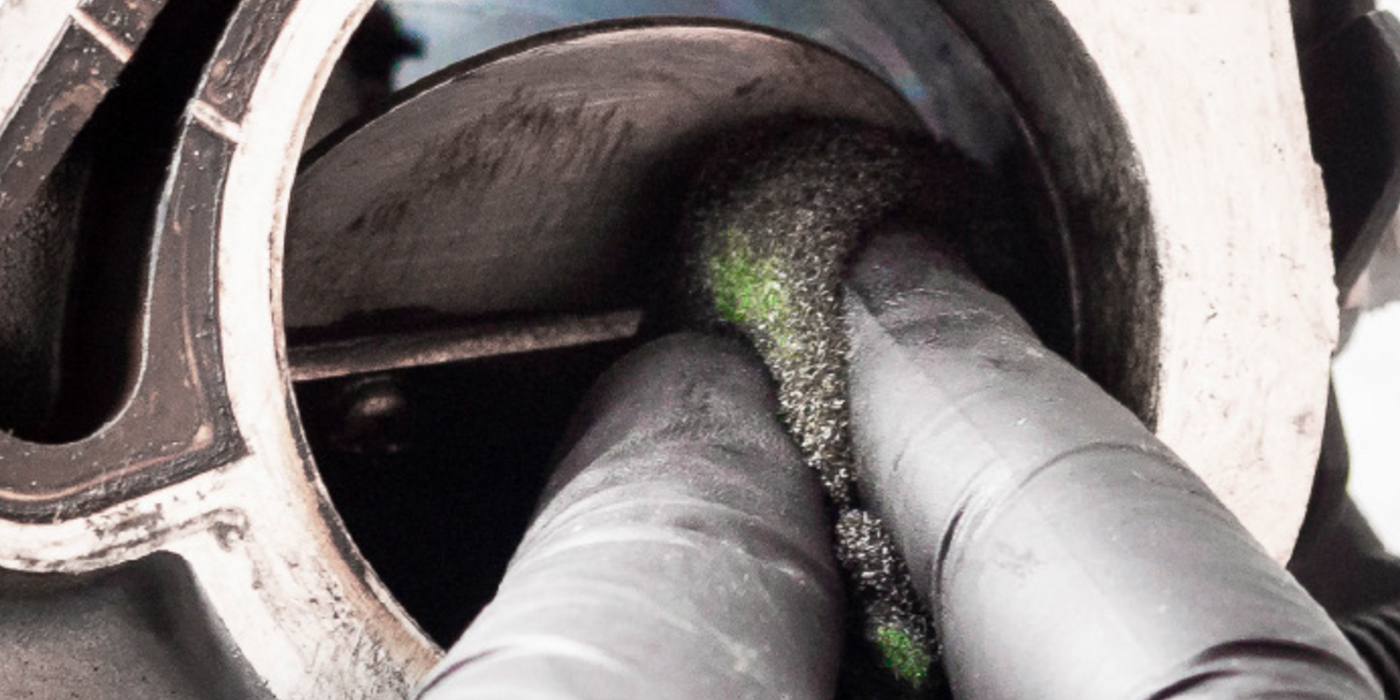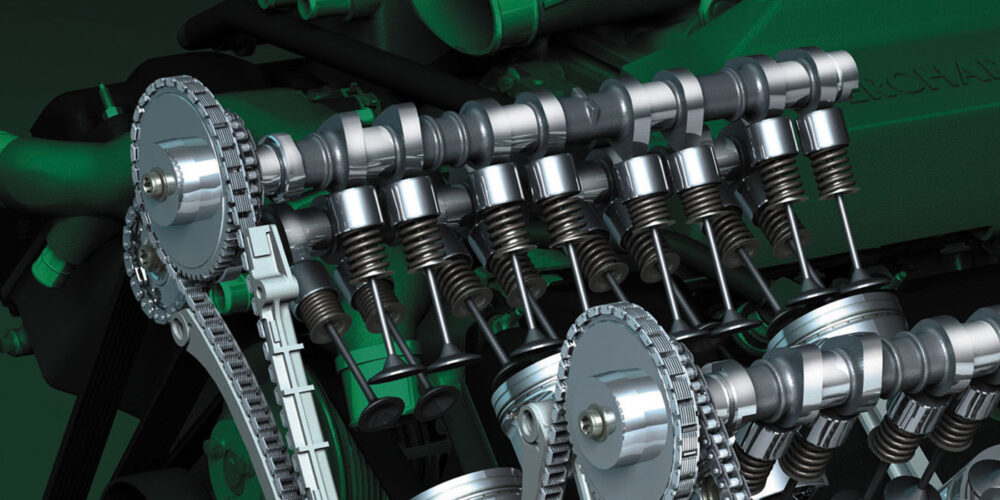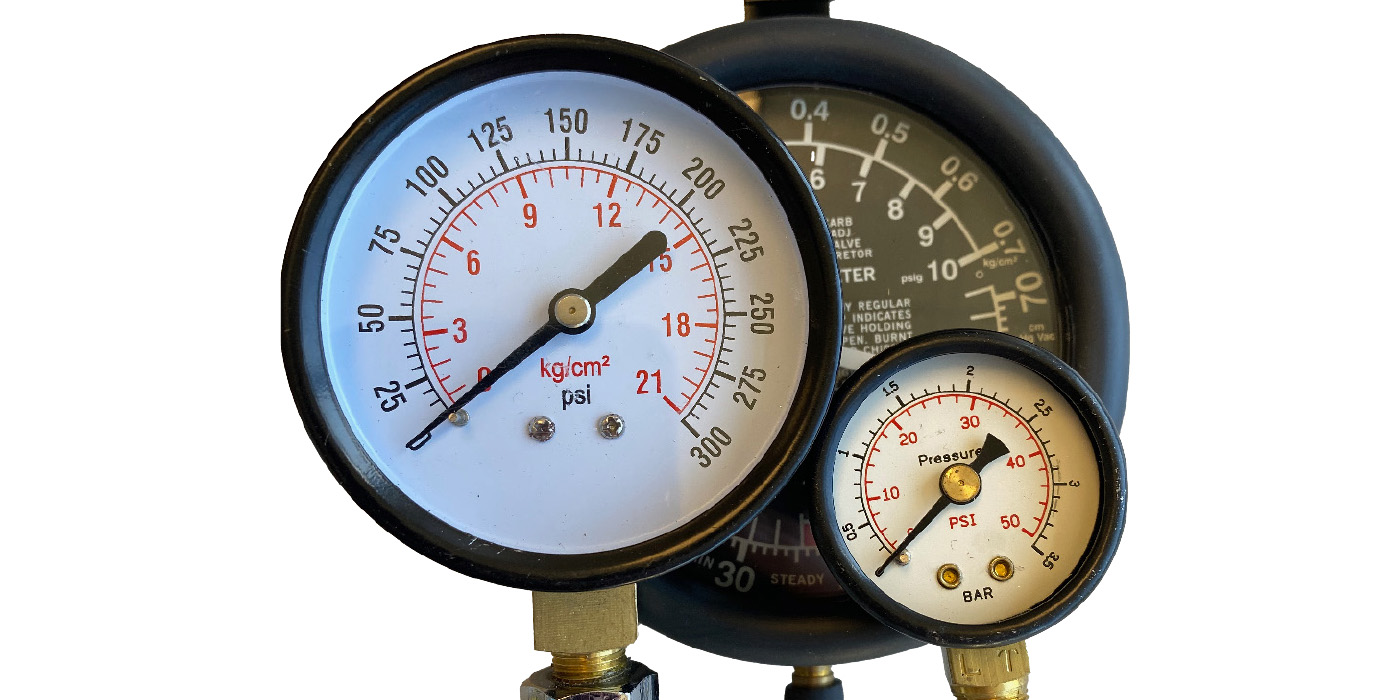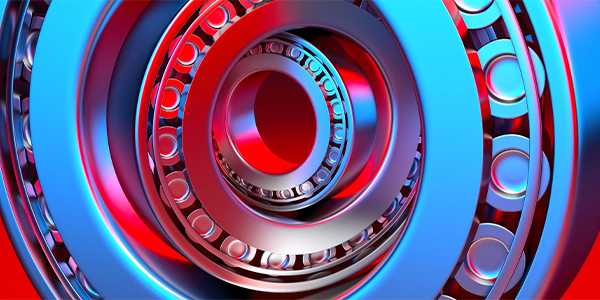This tech tip from The Timken Company is designed to help you install and maintain Timken bearings, seals and components to maximize the life and performance of those bearings and the systems in which they operate.
1. Why are more vehicles using hub assemblies today?
Hub assemblies are unitized, maintenance-free and nonserviceable units that are preset, pre-greased and presealed, making installation easier and increasing product reliability for enhanced performance. These hubs require no maintenance or handling, which eliminates the need for preventive maintenance, grease and/or future adjustments.
2. Are all aftermarket hub assemblies created equal?
The hub assemblies sold by The Timken Corporation meet or exceed OE specifications. Other hub assembly suppliers might meet the dimensional measure requirements for OE specifications, but they may not match the material and/or performance standards.
3. Can I use an impact wrench to remove or install a hub assembly?
While it may appear to be easier to use an impact wrench, it is not recommended. Timken recommends the use of a certified, calibrated torque wrench. Impact wrenches can damage the axle nut, threads and components. It can also create a false sense of security when adjusting a nut or bolt, which may be under- or over-torqued. This can leave a hub assembly susceptible to failure.
4. Do I need to torque the axle nut and/or the lug nut?
Yes. It is imperative that you follow the manufacturer’s specifications and/or instruction manual to assure the hub is installed correctly. Failure to follow the manufacturer’s installation instructions and the proper installation procedures can cause equipment failure, creating a risk of serious bodily harm.
5. Can I replace the bearings or seals in my hub assembly?
No, because the hub assemblies are unitized, maintenance-free and non-serviceable. Most hub assemblies are designed with a unitized bearing or flange that is intricate to the hub and/or bearing housing, which are not replaceable.
6. Do wheel studs come with all hub assemblies?
No. While most hub assemblies do include the wheel studs, there are some that do not. Timken does not recommend reusing the old studs with the new hub assembly.
Courtesy of The Timken Company, www.timken.com.













